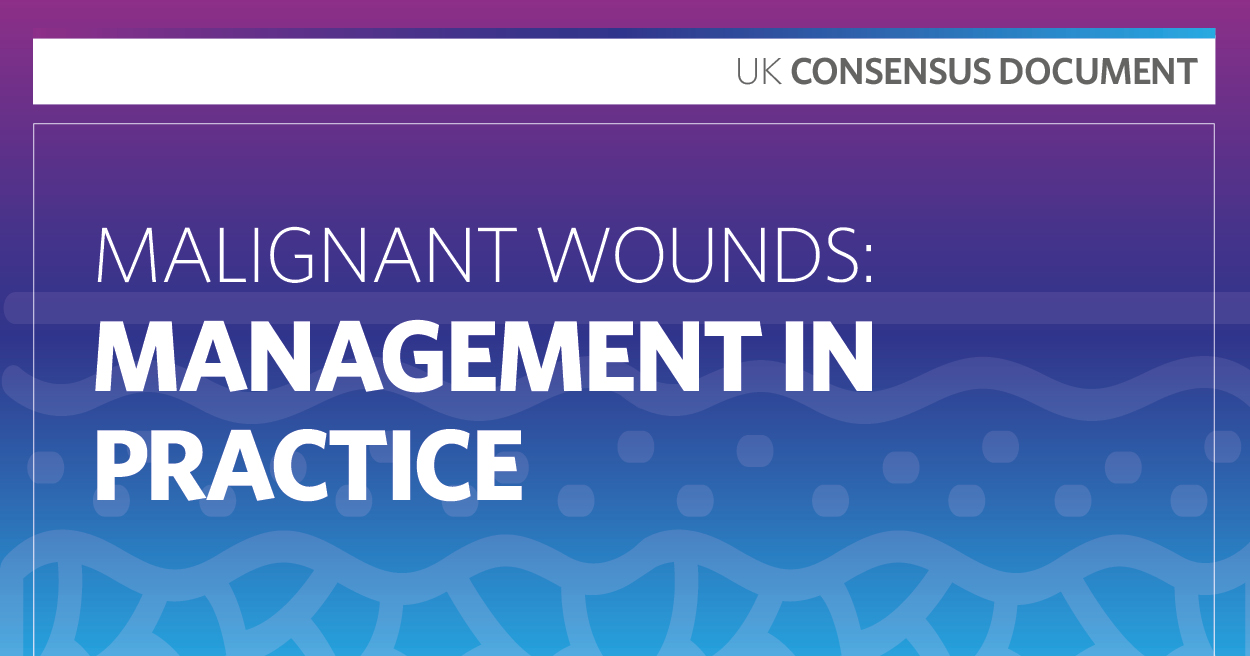Introduction: This survey of wound care specialists in the UK aims to be the first study to establish the prevalence of mobile wound app use and the perceived barriers to their implementation in wound care. This article presents the quantitative findings of the study. Method: A cross-sectional survey of UK-based wound clinicians was undertaken to explore the current use of mobile applications in the field of wound care. A 40 question SurveyMonkey survey was used and distributed via closed Facebook groups for clinicians working in UK-based wound care services. Data analysis included calculation of Cronbach’s alpha coefficient for attitude scales, summary statistics and thematic analysis of free text responses. Not reported in this paper The STROBE checklist was considered within the methodology of the study. Results: Overall, n=250 survey responses were received. Complete survey responses were received from n=153 wound clinicians. This included responses from 121 nurses and 29 podiatrists and from clinicians from all four devolved nations of the UK. Only 21–24% of clinicians reported using mobile applications for wound care at the time of this survey. Almost all (99.5%) of clinicians responding to the survey have access to a smartphone with most (58.7%) having both a personal and work smartphone Conclusions: It is evident that UK-based clinicians currently use mobile smartphones regularly, including within their clinical work, but do not currently use wound care focussed mobile applications. Barriers affecting the implementation of mobile applications in wound care services include a lack of interoperability between mobile applications and other IT infrastructure, poor Wi-Fi signal, negative attitudes towards technology, a lack of workforce diversity and bureaucratic obstructions. Implications for practice: Clinical leaders in wound care should consider the factors identified within this study when developing implementation strategies for new mobile application technologies into wound care services.







